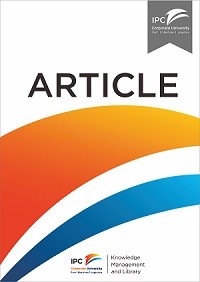Article
Does trigger point mechanism create monopoly power for Hong Kong container terminals?
In recent years, the Hong Kong port has been challenged by the emergence of the Shenzhen port. This gives rise to a concern that the high terminal handling charges (THC) levied by the Hong Kong terminal operators are undermining the competitiveness of the Hong Kong port. As the major container terminals in both Hong Kong and Shenzhen are operated by the Hong Kong terminal operators, the monopoly power of these operators is commonly believed to be the cause of the high THC in Hong Kong. The theoretical model developed in this study shows that the trigger point mechanism (TPM) used by the Hong Kong Government to control the supply of terminal capacity may be a source of such monopoly power. Two possible scenarios are considered in the model—Scenario 1 in which expansion of capacity is unconstrained (i.e. the Shenzhen port); and Scenario 2 in which expansion of capacity is constrained by TPM (i.e. the Hong Kong port). Under TPM, the Hong Kong Government commits not to grant the right to build new container terminals unless and until the demand for container handling services exceeds the current capacity by a certain amount, which provides the incumbent operators incentives to invest preemptively in excess capacity in order to block the entry of potential entrants. This model is supported by the empirical findings from this study. The results from this study suggest an urgent need for the Hong Kong Government to overhaul the current port development policy as a part of the effort to promote economic integration between Hong Kong and the Mainland China.
Ketersediaan
Informasi Detail
- Judul Seri
-
Maritime Policy & Management: The flagship journal of international shipping and port research
- No. Panggil
-
ATC LO FUN d
- Penerbit
- Hongkong : Taylor and Francis., 2009
- Deskripsi Fisik
-
14 p.
- Bahasa
-
English
- ISBN/ISSN
-
1464–5254
- Klasifikasi
-
LO
- Tipe Isi
-
-
- Tipe Media
-
-
- Tipe Pembawa
-
online resource
- Edisi
-
VOL. 36, NO. 4, 325–336
- Subjek
- Info Detail Spesifik
-
-
- Pernyataan Tanggungjawab
-
Michael K. Fung
Versi lain/terkait
Lampiran Berkas
Komentar
Anda harus masuk sebelum memberikan komentar

 Karya Umum
Karya Umum  Filsafat
Filsafat  Agama
Agama  Ilmu-ilmu Sosial
Ilmu-ilmu Sosial  Bahasa
Bahasa  Ilmu-ilmu Murni
Ilmu-ilmu Murni  Ilmu-ilmu Terapan
Ilmu-ilmu Terapan  Kesenian, Hiburan, dan Olahraga
Kesenian, Hiburan, dan Olahraga  Kesusastraan
Kesusastraan  Geografi dan Sejarah
Geografi dan Sejarah